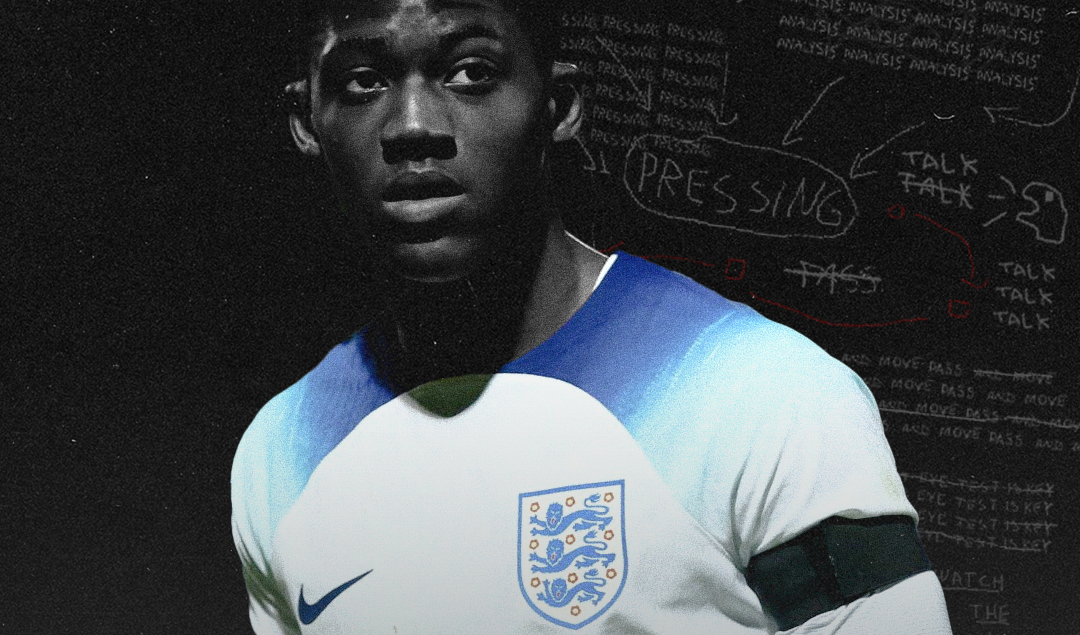Football in the UK: History, Clubs and Fans
English football has a rich history of intense rivalry between football clubs in curacao casinos accepting uk players that goes beyond mere play. This rivalry is fuelled by factors such as geography, economics and history. This feud is a reflection of the passion and loyalty fans have for their football clubs.
From the fierce but historic rivalry of Manchester United versus Liverpool to the bitter rivalry between Arsenal and Tottenham, these derbies have become the pinnacle of English football culture. Fans watch these matches with great anticipation. These games are not just about winning or losing. It is about asserting dominance over their long-time rival. The atmosphere in the stadium is always tense when rival clubs meet.
What fuels the passion of English fans
English football rivalries are fuelled by a number of factors. Here are some of the most common reasons.
History
This rivalry is based on the history of the clubs. This can be previous meetings, memorable matches and significant events. This cane history creates a sense of pride and loyalty among fans.
Geography
Most rivalries in English football are based on geography. Clubs that are close to each other can have heated derbies.
Success
The more successful a club is, the more it fuels the passion of the fans, especially if they face an equally successful club. Every club wants to maintain its status as one of the best in the league. Rivalries can form if one club succeeds at the expense of another team.
Tribalism
Fans share a common identity and sense of belonging. This creates a strong bond between fans, whether they are strangers or even enemies. Tribalism can also make an enemy out of a fan of a rival club.
What are the major English football rivalries?
The North West derby: Manchester United v Liverpool
This is arguably the biggest English football rivalry. Both clubs have been consistently dominant. This rivalry is fuelled by the close proximity of the two cities. Liverpool and Manchester have competed with each other economically since the Industrial Revolution, so the rivalry between the two cities has extended to their football clubs.
There were many high-profile matches in this derby, such as Liverpool’s 7: 0 victory at Anfield. In another game, they won 0: 5 at Old Trafford. The teams first played in a cup final in 1977. “Liverpool had recently won the league title and were looking for a treble. Manchester United had other plans as they won the final 2-1.
Since Phil Chinsall’s move in 1964, no player has transferred directly between the two clubs. Some players played for other clubs before joining one club, such as Paul Ince, Peter Beardsley and Michael Owen.
North London Derby: Arsenal vs Tottenham Hotspur
The North London derby is one of the most intense in English football. It is probably the most intense rivalry in London as well. The two clubs are only a few miles apart, and they are constantly competing for bragging rights. In recent years, Tottenham had six consecutive victories over Arsenal until January 2023, when Arsenal beat Tottenham at the Tottenham Hotspur Stadium.
Although the clubs first met in 1909, their rivalry didn’t begin until 1913, at Highbury. This was just four miles from Tottenham Hotspur’s pitch, and they considered the move a breakthrough into their own territory.
Manchester Derby: Manchester United vs Manchester City
Much like the London derbies, the Manchester clubs are only four miles apart. The rivalry between the two clubs has intensified in the last decade with the rise of Manchester City as a top English team.
The 1970s were marked by infamous games between the two teams. In a 1970 game, United’s George Best broke the leg of City’s Glyn Pardo in a tackle. In another game, players Mike Doyle and Lou Macari refused to leave the pitch after both received red cards.
The Manchester derby was heated in the 1960s and 70s, but it has resurged in the 2010s with Manchester City becoming a force to be reckoned with. It is rare to see any transfers between the two clubs, but a recent example was Carlos Tevez who moved from United to City in 2009.
Conclusion
It is no surprise that the rivalry between English football clubs will not end, but new rivalries are on the horizon as English football continues to evolve. For example, with money playing a huge role in the growth of Manchester City and Chelsea, it is not surprising that we will see new feuds. In recent years, we have seen new rivalries, and the emergence of even more intrigue in English football.
